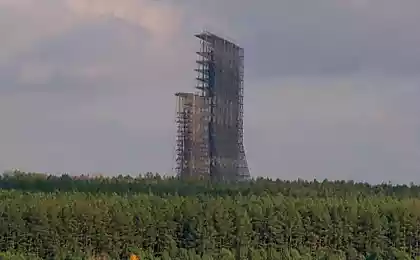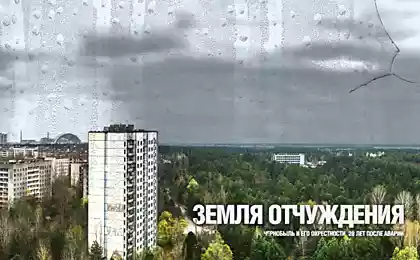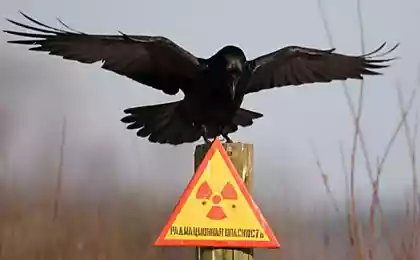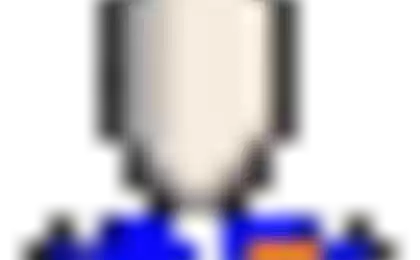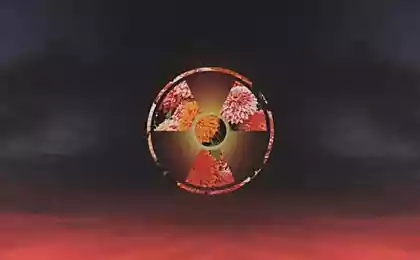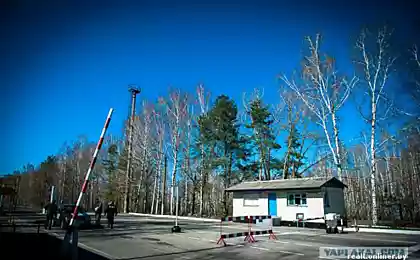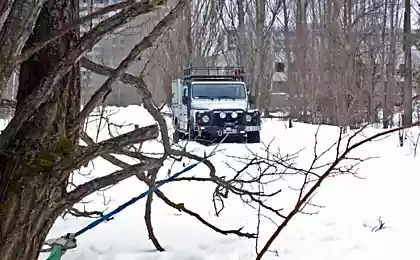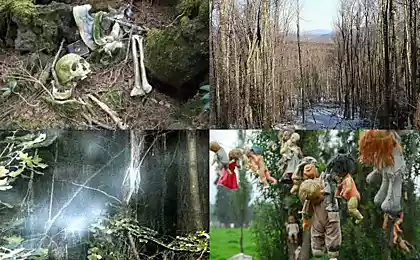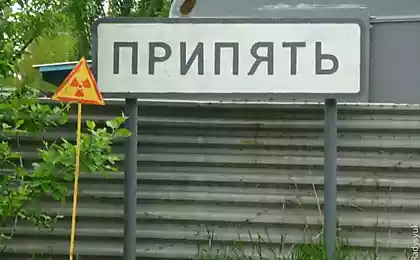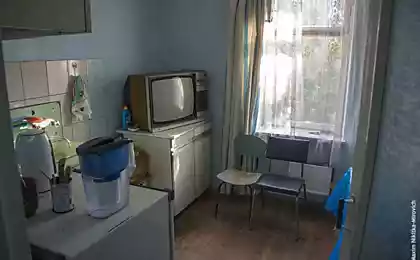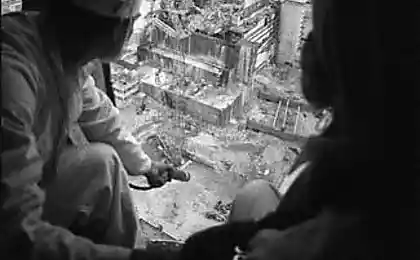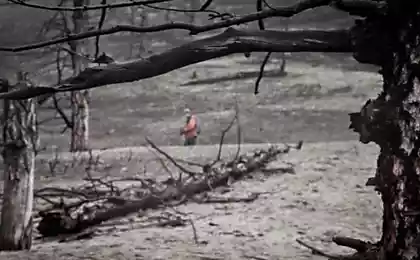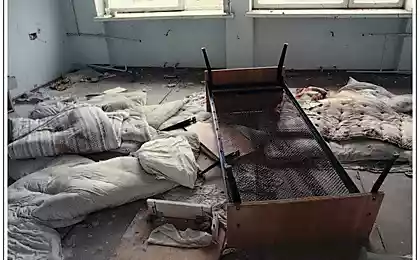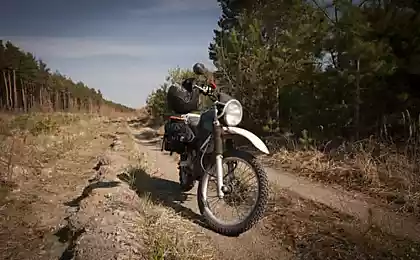222
The dead forest around Chernobyl is not decomposing.
Almost 30 years have passed since the Chernobyl nuclear disaster, but the dead forest in the zone of direct radiation exposure is still not decomposing. The researchers note that this may indicate an alarming and little-studied factor in radiation exposure: the relationship between radiation and decomposition.
According to a study published in the journal Oecologia, the forest around Chernobyl, and especially the Red Forest, has barely decomposed, even though 30 years have passed since its death. This may be due to the fact that microbes and fungi have not been able to recover from the radiation contamination of the area.
In the latest study, the researchers analyzed the natural changes that have occurred in the contaminated area since 1991 and “discovered a significant number of small parts of trees that have accumulated over time,” particularly leaves and dead branches that should have decomposed within a few years.
The results of the observations prompted scientists to conduct a deeper study of the rate of decomposition on the ground, and especially in the Red Forest, a coniferous forest that turned red and died almost instantly after the Chernobyl accident.
“With the exception of insect marks, we found no other damage to the trunks of the dead trees,” said lead author Timothy Mousseau. This is surprising, because in an ordinary forest, a fallen tree would almost turn into sawdust within ten years.
In order to determine the rate of decomposition in the Chernobyl forest, the researchers prepared about 400 bags of leaves and dead branches collected in unpolluted areas. Making sure there were no insects or other decomposition factors left in these bags from uncontaminated areas, the researchers left the bags at different locations in Chernobyl with varying levels of radiation.
The results speak for themselves. After a year, 70 to 90 percent of the leaves had almost completely decomposed in areas with low levels of radiation. In other areas, 60 percent or more of the leaves are preserved.
According to scientists, this is an alarming discovery. This proves that radiation has a significant effect on microbes and fungi and limits the process of natural decomposition even after new shrubs and small trees begin to appear on the ground. If the rate of decomposition does not change, the dead parts of the trees will continue to accumulate, which in the future can lead to terrible forest fires.
Based on Nature World News.
source:nauka21vek.ru
Source: /users/1077
According to a study published in the journal Oecologia, the forest around Chernobyl, and especially the Red Forest, has barely decomposed, even though 30 years have passed since its death. This may be due to the fact that microbes and fungi have not been able to recover from the radiation contamination of the area.
In the latest study, the researchers analyzed the natural changes that have occurred in the contaminated area since 1991 and “discovered a significant number of small parts of trees that have accumulated over time,” particularly leaves and dead branches that should have decomposed within a few years.
The results of the observations prompted scientists to conduct a deeper study of the rate of decomposition on the ground, and especially in the Red Forest, a coniferous forest that turned red and died almost instantly after the Chernobyl accident.
“With the exception of insect marks, we found no other damage to the trunks of the dead trees,” said lead author Timothy Mousseau. This is surprising, because in an ordinary forest, a fallen tree would almost turn into sawdust within ten years.
In order to determine the rate of decomposition in the Chernobyl forest, the researchers prepared about 400 bags of leaves and dead branches collected in unpolluted areas. Making sure there were no insects or other decomposition factors left in these bags from uncontaminated areas, the researchers left the bags at different locations in Chernobyl with varying levels of radiation.
The results speak for themselves. After a year, 70 to 90 percent of the leaves had almost completely decomposed in areas with low levels of radiation. In other areas, 60 percent or more of the leaves are preserved.
According to scientists, this is an alarming discovery. This proves that radiation has a significant effect on microbes and fungi and limits the process of natural decomposition even after new shrubs and small trees begin to appear on the ground. If the rate of decomposition does not change, the dead parts of the trees will continue to accumulate, which in the future can lead to terrible forest fires.
Based on Nature World News.
source:nauka21vek.ru
Source: /users/1077
